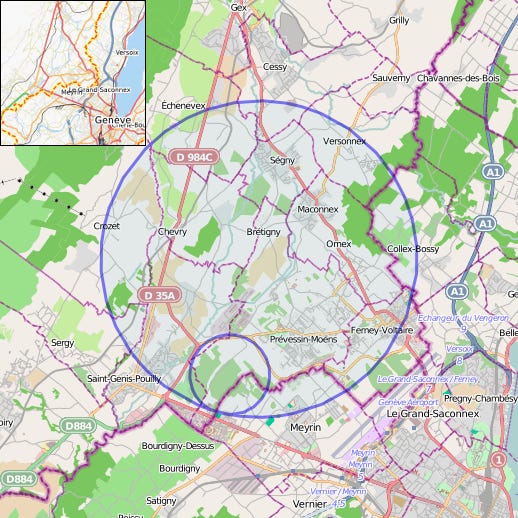Sometimes I like to attempt short, self-contained problems to test my understanding of basic physics topics. It is part of my programme of spaced repetition - it helps keep concepts that I feel like I should remember in my brain. These problems often comes from textbooks, but also from myself. I mentioned in a previous post that I believe that problem solving is probably the best way to gain a deep understanding.

This takes a significant amount of my time, so I felt that I should start documenting some of my exploits. I think writing about it makes the pursuit a little less lonely, and it feels more fruitful. So, without further ado, here's some cool physics stuff I did today.
Special Relativity
Special relativity can be practical if you want to create a particle accelerator! Often times, particle scattering problems require a minimum energy for them to happen, so we need to get an intuition for how fast they need to travel to reach these energies. I am by no means an expert in particle physics, but I do often hear the phrase 'the particle collider can accelerate protons to x TeV's'. I tried to remind myself of how to compute the actual speed, in terms of metres per second, as a function of centre of mass energy.
If we have two particles of equal mass, then we can write each of them in the centre of mass frame, where 3-momenta components add to zero. In special relativity, we work with 4-momenta. 4-momentum is the rate of change of a particle in space time with respect to a particle's proper time (the time that is observed by the particles themselves).
$$ p _ 1^ \mu = m \gamma ( 1 , \mathbf v ), \quad p _ 2 ^\mu = m \gamma ( 1 , - \mathbf v )$$
If we know the total energy of the system, we can just take a look at the top components to get the following equation, and then back solve.
$$ p _ 1 ^ 0 + p _ 2 ^ 0 = 14 \text{TeV} = 2 * m \gamma $$
So, we get a speed of around 99.9999991% speed of light!
Wick's Theorem
I tried to prove this crucial mathematical identity - Wick's theorem is a theorem which relates the expected value of multiple values in a physical quantity to pairwise elements between them. This can be proved quite easily by adding a source current, differentiating, and then setting it to zero.
$$ \langle v_ 1 v _ 2 v _ 3 v _ 4 \rangle = \langle v _ 1 v _ 2 \rangle \langle v _ 3 v _ 4 \rangle + \langle v _ 1 v _ 3 \rangle \langle v _ 3 v _ 2 \rangle + \langle v _ 1 v _ 4 \rangle \langle v _ 3 v _ 1 \rangle $$
Notes on Quantum Condensed Matter Theory
My resource so far for learning condensed matter theory was the textbook by Xiao Gang-Wen, on Quantum Many Body systems. I found a pretty comprehensive set of notes here https://www.tcm.phy.cam.ac.uk/~bds10/tp3.html from Cambridge's Quantum Condensed Matter theory course.
